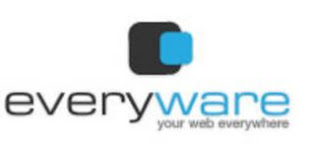
The Digital Age is sometimes referred to as the Computer Age
or the Information Age. The focus of the Digital Age is the fact that it is
characterized by transferring information freely among individuals and the
ability to instantly gain information that at one time would have been impossible
or at least difficult for individuals to find in previous generations. The
Digital Age capitalized on the advances in computer microminiaturization that
occurred during the transition from the personal computer intervention in the
late seventies to the critical mass of the computer in the early nineties. It
is the Digital Age that allows global communications and networking to boom and
shape modern society.
The Digital Age has caused a great impact on the workplace.
For individuals who once performed jobs that could be easily automated, the
Digital Age led to them being forced out of their work to find other employment
in areas that weren't as easily automated. The Digital Age also meant that
works in a non-automated sector has to adjust to a global job market that
increased the competition. When computers are viewed as doing a job better and
faster than humans it makes it a lot more difficult to maintain and find a good
job. This is especially true in societies that are focused on industry. Therefore,
the Digital Age has brought about a major dilemma for many individuals in the
middle class. At one time many people in the middle class enjoyed substantial
employment, but during the Digital Age many were forced into losing their jobs
and choosing between moving up to higher jobs or down to a lower skill and
lower paying job.
http://www.alternet.org/media/140982/%22more_better_faster%21%22%3A_how_our_spastic_digital_culture_scrambles_our_brains/


















